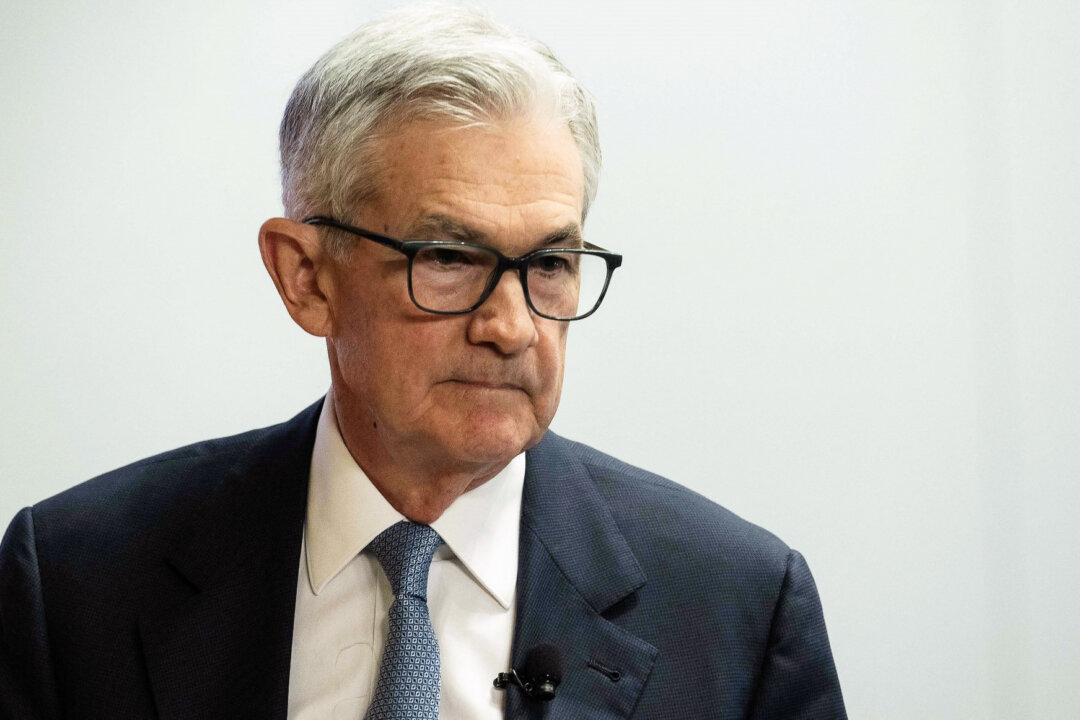The Federal Reserve will conclude its two-day policymaking Federal Open Market Committee meeting on May 1.
The monetary authorities are unlikely to cut interest rates and could signal higher-for-longer rates amid stubborn and sticky inflation.

The Federal Reserve will conclude its two-day policymaking Federal Open Market Committee meeting on May 1.
The monetary authorities are unlikely to cut interest rates and could signal higher-for-longer rates amid stubborn and sticky inflation.